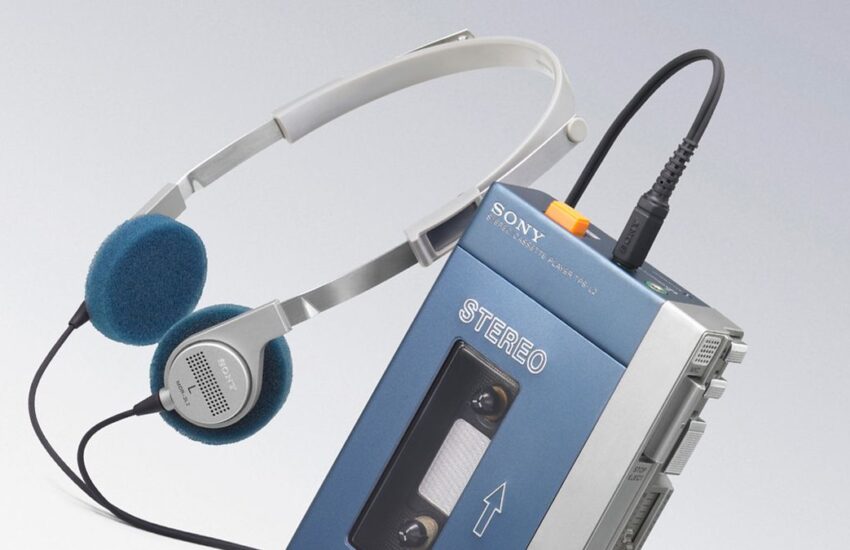If you show a cassette tape to almost anyone under the age of about 25 and ask them what they think it does, they’ll stare blankly back at you like you’ve just asked them to open a tin of beans with a flip-flop. But with the original Sony Walkman – the Sony TPS-L2 – turning 45 years old today, it’s time to recognize it for what it is: the most iconic gadget of all time.
If there’s one thing Gen Z likes it’s overusing the word ‘iconic’, but in this case it’s entirely deserved. Cassettes had been around since the early 1960s, developed by Philips as a far more convenient alternative to vinyl and reel-to-reel tape, but it wasn’t until Sony launched the TPS-L2 in 1979 that the little plastic rectangles really came into their own.
The arrival of the Walkman meant you no longer had to be at home or in the car to listen to music that wasn’t chosen by a radio DJ – now you could do it on the move. And that concept is still something you can see all around you, 45 years on.
Backseat freestyle
The Walkman is five years older than I am, but by the time I knew what one was they were everywhere. At home my parents listened to vinyl, but in the car we listened to tapes: Genesis, Gerry Rafferty, Paul Simon’s Graceland and other stuff that didn’t begin with ‘G’.
As I got older I wanted to listen to my own tapes, though, so my parents bought me a cheap Aiwa portable cassette player. Sure, it wasn’t a Walkman, but by this point pretty much every other consumer electronics brand had jumped on the bandwagon – and that’s when you know you’re onto something good.
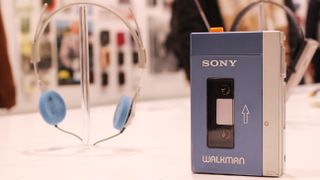
How much?
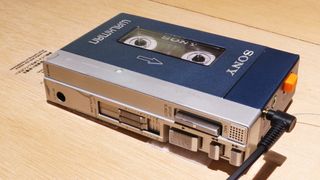
The original Sony Walkman TPS-L2 went on sale for 33,000 yen / $150 / £219 in 1979, or around $650 / £1,050 in today’s money. A working model fetches around $500 / £500 today on eBay.
This black plastic box transformed car journeys for me (even if it did make everyone sound like Barry White when the batteries started to die, which didn’t take long). No longer did I have to listen to what my parents put on, I could sit in the back and play one of the mixtapes I’d made by recording stuff off the radio.
My ‘Walkman’ – it didn’t matter the brand, all portable tape players were referred to as a Walkman back then – was what allowed me to start developing a musical taste of my own.
On a family holiday to Minorca when I was 10, one of the older kids around the pool was listening to a tape of Nevermind by Nirvana. It was the summer of 1994, and Kurt Cobain had died just a few months ago, so, rather tragically, his band were bigger than ever.
My parents didn’t play music like that, and I’d never encountered it on the radio, so when I borrowed the tape one afternoon it blew my tiny mind.
The soundtrack to your life
The Walkman didn’t just change the way people listened to music in practical terms, it allowed you to turn public spaces into private ones. You could shut out the world around you just by putting a pair of headphones on and pressing play. In most public spaces these days, people who aren’t doing that are often in the minority.
What they said…
At the time of the Sony Walkman TPS-L2’s launch in 1979, Sony co-founder Akio Morita said: “This is the product that will satisfy those young people who want to listen to music all day. They’ll take it everywhere with them.” He was right and the Walkman became a precursor to the modern smartphone.
The very first TPS-L2 model actually came with two headphone sockets, but nobody used the second one because listening to music on a Walkman was seen as being a very individual thing.
Fascinatingly, it also had a button that would activate a microphone so you could hear what was happening around you, almost exactly like the transparency feature you get on the best Bluetooth headphones today. But that was also quickly dropped because people liked being able to retreat into their own worlds without being disturbed.
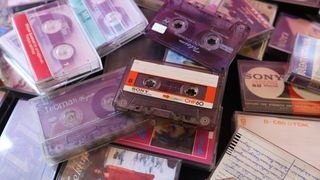
All of a sudden you could choose the soundtrack to almost every moment of your life. Whether that was wistfully watching the sunset out of a train window to Talk Talk’s Spirit of Eden or stomping down the street after a bad day at work to Napalm Death, everything would become that little bit more cinematic.
Considering how sound and place can be so intrinsically tied together, especially the memories associated with particular songs, making music completely portable has completely changed what it means to us.
In 1984, Sony even released the WM-F5 – a Walkman model that came with a more rugged splashproof chassis and a pair of in-ear headphones (most other models came with on-ears), so you could use it while exercising and pump inspiring tunes straight into your ears.
Yellow fever
The WM-F5 also came in bright yellow, which brings us to another important effect that the Walkman had on the world of technology: fashion.
The Walkman was one of the first technology products to put almost as much emphasis on aesthetics as it did on functionality (although not one person ever shot an admiring gaze towards my chunky Aiwa). Owning a Walkman was a lifestyle choice, something that Sony was keen to push in its advertising, and that also continued long after CDs had replaced tapes, MiniDiscs had replaced CDs, and MP3s had replaced the whole lot.
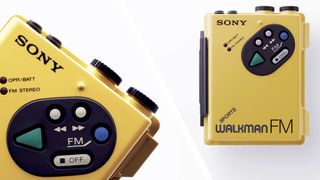
In fact, the Walkman name is so powerful that it transcends not just product generations, but even physical formats. Sony switched to Discman for the CD era – it’s a good job baggy jeans were fashionable in the ‘90s because squeezing one of those into a pocket was a challenge – but it soon realized that the type of media its products played wasn’t important, it was the sense of freedom that the Walkman embodied.
I stuck by the Walkman through its relatively short-lived but much-loved MiniDisc period, and I have fonder memories of my Sony Ericsson W880i Walkman phone than any smartphone I’ve owned since. But by that point the much more intuitive and user-friendly iPod had arrived on the scene and taken over as my portable media player of choice.
That fourth-gen iPod I bought when I was at university wouldn’t have existed without the Walkman, and there’s no denying Apple’s thin white jukebox changed the world of technology. But the Walkman changed the whole world.

